Learn more about the cost of ending world hunger, and get statistics about the problem of malnutrition across the globe.
Estimates of how much money it would take to end world hunger range from $7 billion to $265 billion per year.
Why such a big range? Because experts disagree about how to end world hunger. Hunger has many causes:
No single solution can address them all.
World hunger is a global problem, and progress will be made community by community. Later on, we’ll list some of the best hunger-fighting programs. Please consider donating to at least one.
World hunger is malnutrition caused by common factors affecting millions of people across regions and continents. These factors include wars, bad weather, lack of transportation options, falling crop prices, and rising food prices.
Yes. 193 countries have signed an agreement committing to end all forms of malnutrition by 2030.
The United Nations Division for Sustainable Development Goals (#2) states “End hunger, achieve food security and improved nutrition and promote sustainable agriculture.”
Since adoption of this goal in 2015, the UN reports that “hunger is on the rise for the third consecutive year and little progress is being made in countering overweight and obesity among children under the age of 5.”
The UN cites global conflict as a major reason for the lack of progress. According to UN Secretary General António Guterres, “A renewed commitment to multilateralism, to prevention and to diplomacy is essential.”
More than 2 billion people do not have regular access to safe, nutritious, and sufficient food. An additional 83 to 132 million people are at risk of being undernourished in 2020 due to the effects of the coronavirus pandemic.
The countries with the highest percentage of undernourished people (as reported for the years 2016-2018 by the Food and Agriculture Organization of the United Nations).
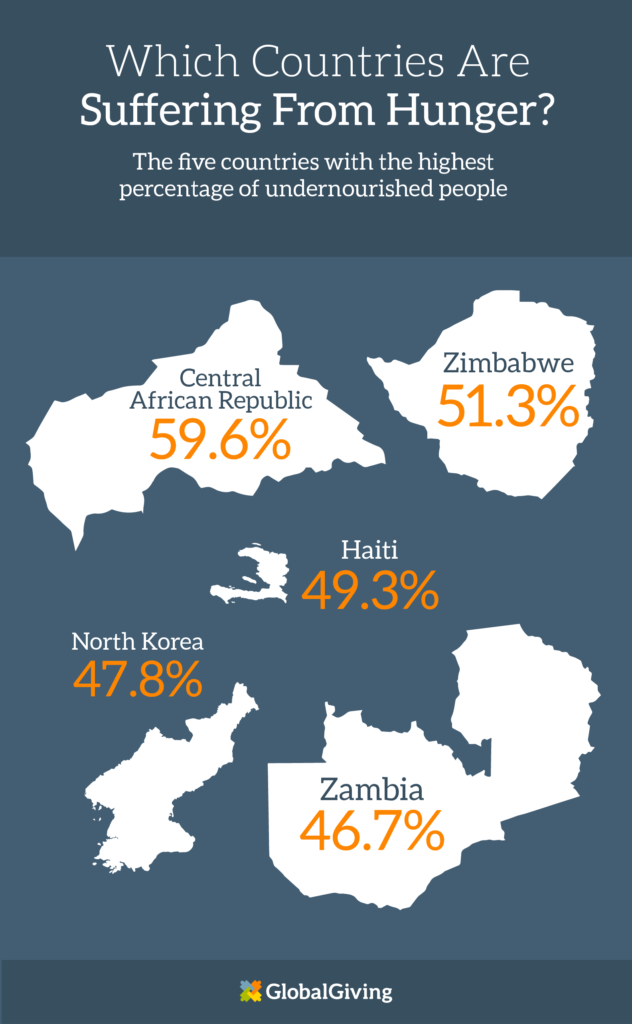
However, no country is immune from the problem of food scarcity. Worldwide, 2 billion people do not have regular access to safe, nutritious, and sufficient food—including an estimated 29.9 million in the United States.
More than 820 million people in the world suffer from chronic hunger. It’s a major contributing factor in premature death.
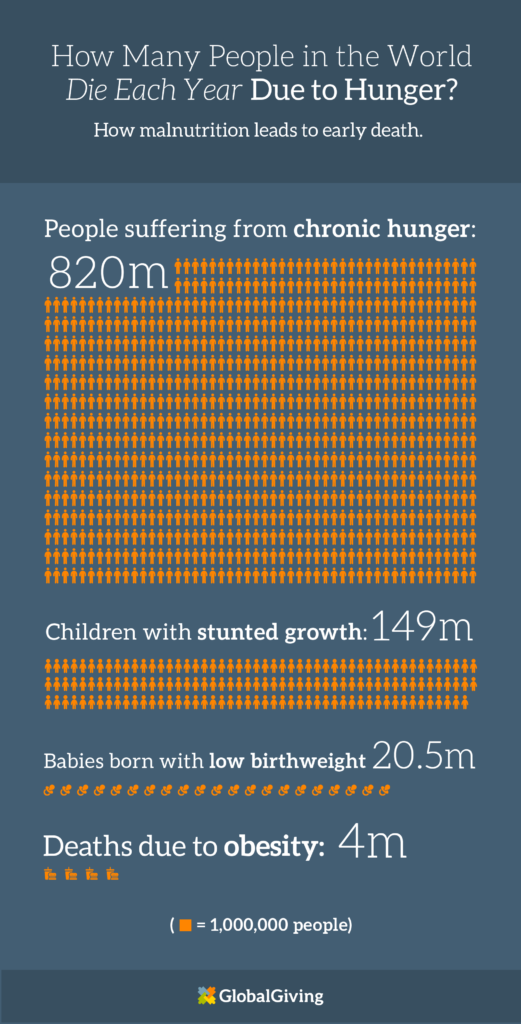
Hunger is most dangerous to the most vulnerable, children. Every year, about 20.5 million babies are born with low birthweight because their mother didn’t get proper nutrition. Hunger also causes stunted growth in 149 million children. These factors can lead to death in infancy.
But even if the child lives, they are likely to be underdeveloped physically and mentally, no matter how their nutrition improves as adults.
“Starvation only accounts for about 8% of the hungry people in the world,” says Pedro Sanchez, co-chair of the United Nations (UN) Millennium Project’s Hunger Task Force. “The other 92% suffer from hunger silently, and they die in droves because of malnutrition-related diseases.”
Additionally, an estimated 4 million people die every year from obesity resulting from bad nutrition.
Joel Berg, CEO of Hunger Free America, has calculated the cost of ending hunger in the US at $25 billion. Hunger in the United States isn’t a direct result of war, or crop failures, or massive inflation. Americans who are hungry simply don’t have enough money to buy food. Berg says “a combination of increased wages and improved safety net programs” would be needed.
On the other hand, the Food Research & Action Center (FRAC) lists essential strategies to ending hunger in America:
Some of these long-term strategies can’t necessarily be accomplished with cash transfers.
That’s why (in the short term) donating to organizations that fight US hunger on a local level is so important. These organizations help people who are hungry right now.
The best way to help end world hunger is a direct monetary donation to organizations working to eliminate hunger.
These organizations have people working on the ground in areas where need is felt. Cash donations give them the flexibility to deliver what’s needed whether it’s building an app to help farmers sell their crops at higher prices, or something as simple as buying seeds.
Here are some of the best organizations you can help right now with a donation.
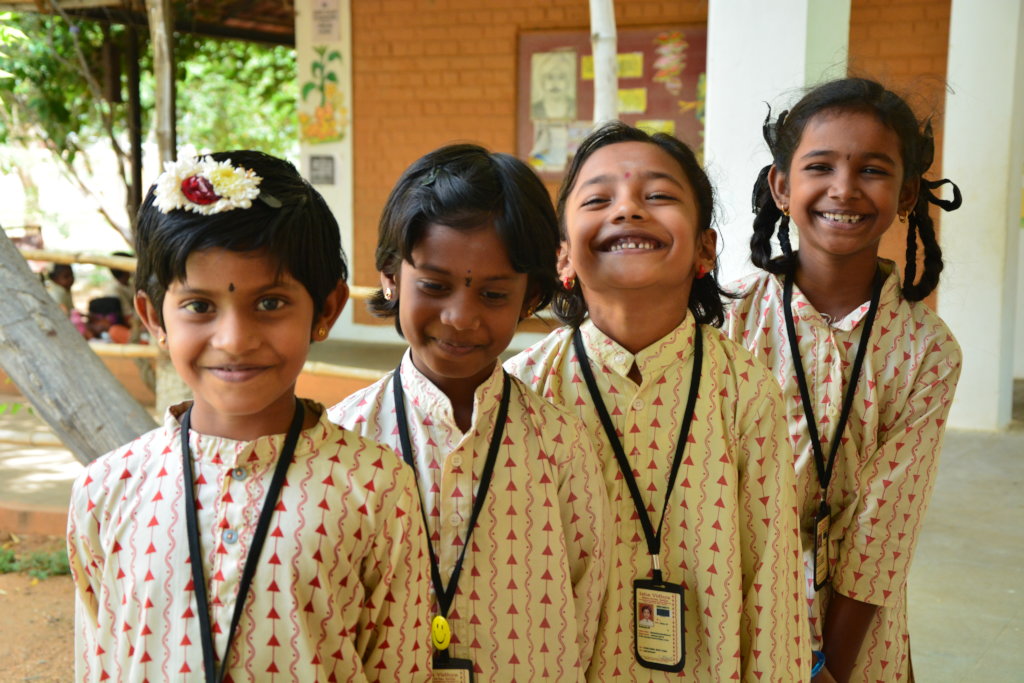
“Women need decision-making power in their families,” says Melinda Gates of the Bill & Melinda Gates Foundation. “When a woman has a say in her family’s budget, she tends to prioritize things like healthcare, education, and nutrition—all the building blocks of a healthy society.”
The Empower India Rural Girl Children with Education project pays tuition, and transportation and lunch fees to rural, underprivileged female students in India. The dropout rate is high among girls in India, especially as they reach puberty and are expected to help out more around the home.
Thanks to this project, more girls are staying in school longer. They’ll get better jobs, be able to provide a more stable income for their families, and be better parents for the next generation.
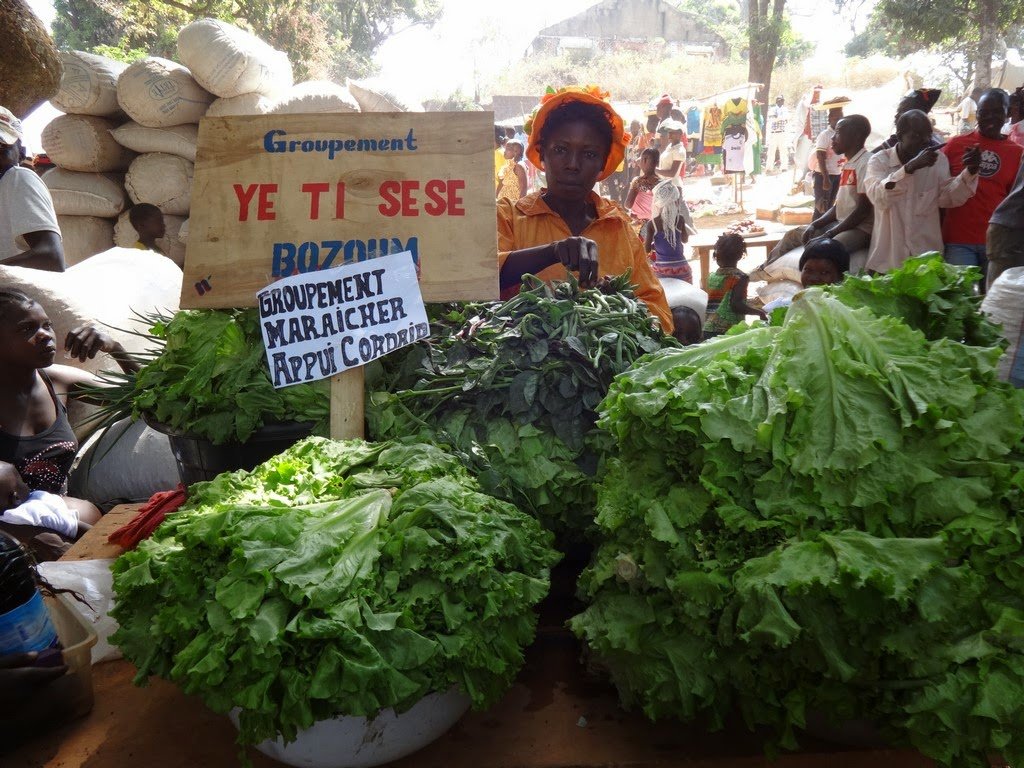
In the developing world, female farmers produce more than half of the food. Yet, too often, they focus on growing traditional staple crops (corn, rice, and potatoes). These crops fill bellies but aren’t nutritious enough to develop minds.
Seed programs like Seeds and Skills for Women to Grow Vegetables distribute top-quality seeds for more nutritious crops, and teach women how to grow them. Both the seeds and the knowledge can be passed on — an investment in preventing hunger in future generations.
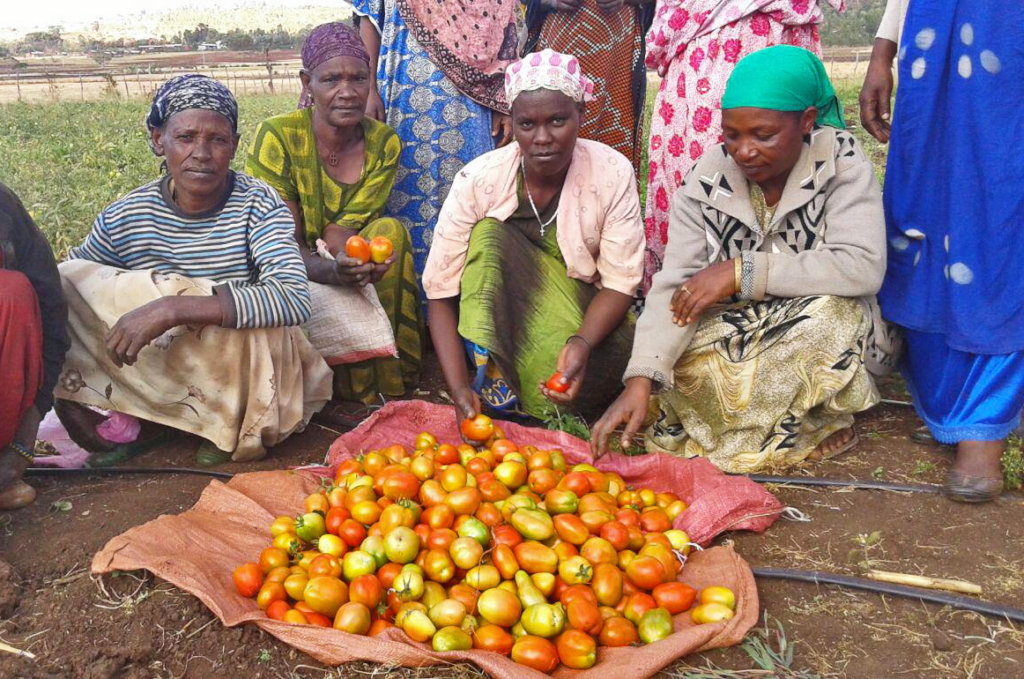
An estimated 130 million people are undernourished in East Africa, and in grave danger of hunger-related death. High food prices are a major culprit of food insecurity in these countries. An obvious solution: Help people grow their own food.
Gardens Give Hope, Health, and Income in East Africa is a holistic program that works with local community leaders to introduce training and resources. Some of the simple but critical technologies they provide are water storage, shade nets, good seed, and help with ecologically-effective small garden designs.

Diapers are a non-negotiable need for new parents but aren’t covered by federal assistance programs. No veteran should have to choose between diapering their child and feeding them.
Help Veterans and their Children provides free diapers to community groups who work with veterans. These local groups know who needs the most help. Veterans who may be suffering from PTSD or combat injuries have one less worry when they can be sure where their children will have diapers.
More than 3 million Americans are considered to be severely food insecure. Covering a basic need like diapers, gives veterans and their families a better chance to thrive.
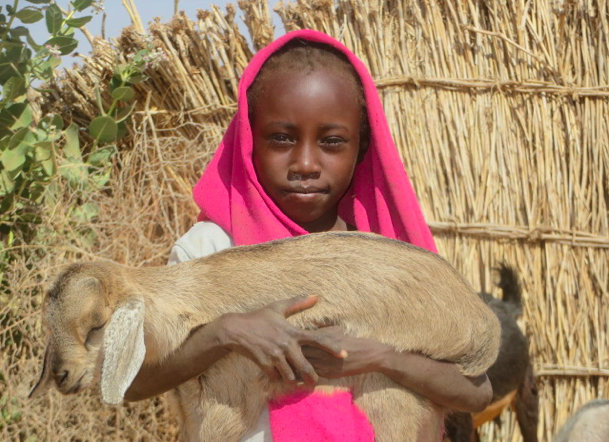
Years of war have destroyed traditional economies in this rural part of North Africa. Many families have no income, and no hope of getting it. They must provide their own food.
Goat’s milk is often the only source of protein for families in Darfur. Goats and Donkeys Transform Lives in Darfur gifts a family six goats to provide for their nutritional needs. In two years, that family can pass on six goat kids to another family.
Donkeys are crucial transportation for fresh water. For many families, the only other option is to carry it themselves, braving searing heat and consuming precious calories. With protein from goats and more efficient water collection from donkeys, Darfur families can provide basic needs.
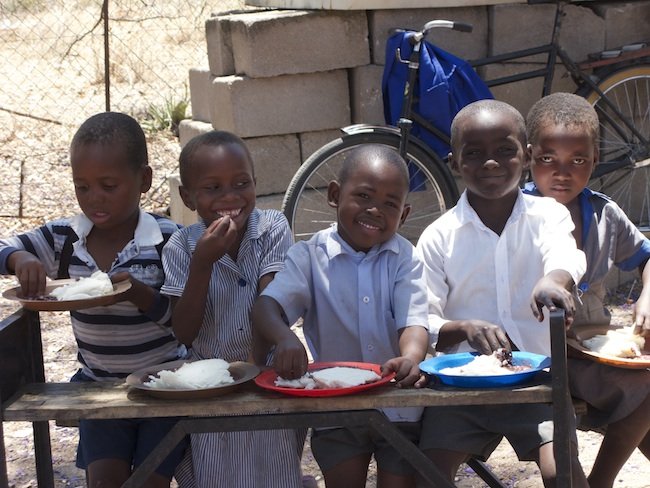
Zimbabwe has one of the world’s highest rates of hunger because of an ongoing political and economic crisis. Jobs have disappeared, savings have been wiped out, and food prices have skyrocketed.
For 250 students at rural Marula Primary School, Help Feed Hungry Children in Zimbabwe provides their only meal of the day. The group also provides basic school supplies. An educated, well-nourished next generation is Zimbabwe’s best hope for a brighter, hunger-free future.
Find exactly what you're looking for in our Learn Library by searching for specific words or phrases related to the content you need.